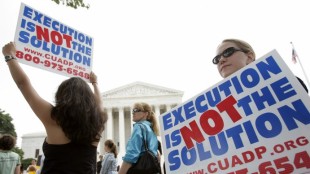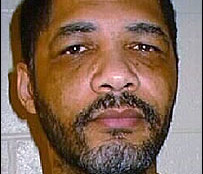Gender Bias in Capital Cases: Punishing Traumatized Women with Death
(Source) Introduction Women make up the minority of the death row population in the United States and globally. In the United States, women account for only fifty of the over 2,600 individuals living on death rows around the nation.[1] The unique problems female capital defendants experience both before and after their capital sentences are overlooked and forgotten, in part because of the infrequency with which the death penalty is sought against women. This piece explores a few of the specific common themes in the cases of women facing the death penalty in the United States. We specifically focus on the effects of trauma, mental illness, and gender bias in legal proceedings, on female capital defendants. We also discuss Lisa Montgomery’s case as an example of how these themes all play out in real-life cases. Lisa is the only woman on federal death row and faces execution on January 12, 2021. Much of the information in this blog post is based on the authors’ analysis of the cases of women on death row though publicly available records, information gathered from DPIC’s databases, communications with women and their attorneys, and analysis of women’s trial transcripts. All analysis is on file with the [read more]






